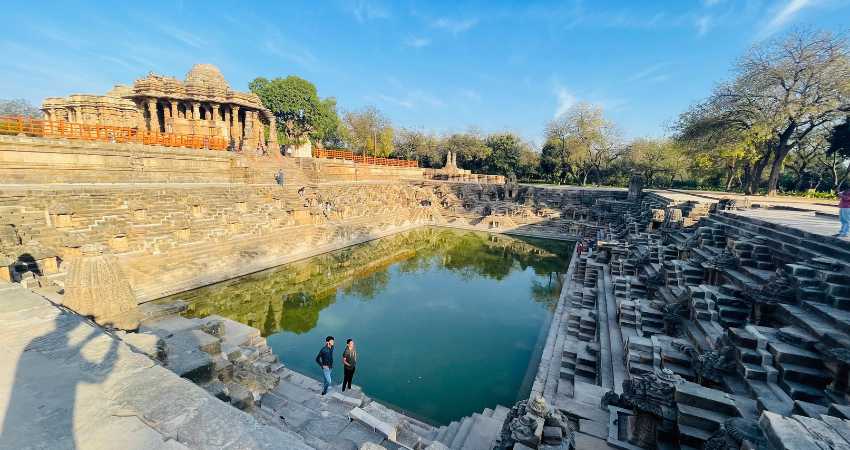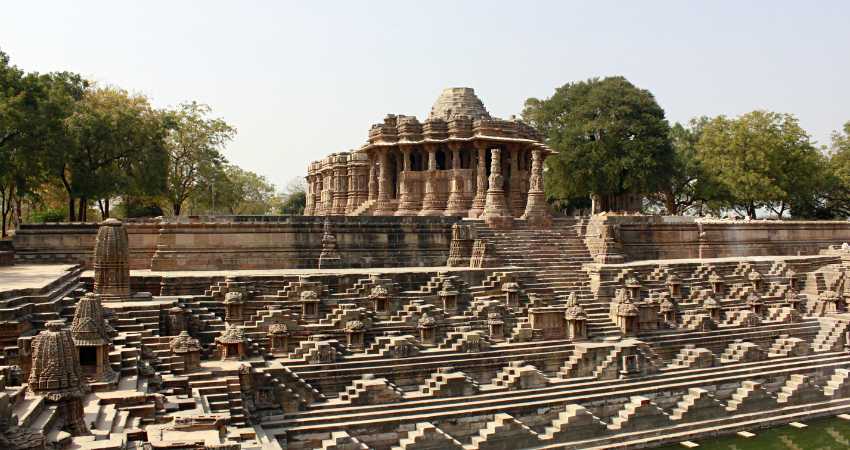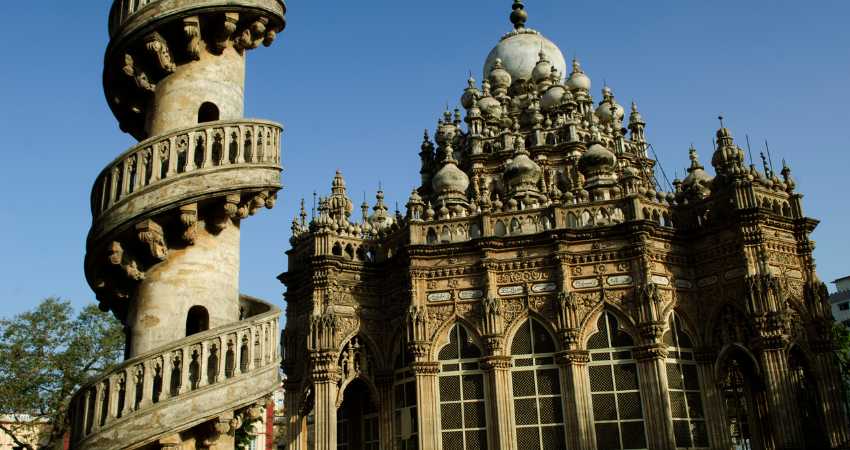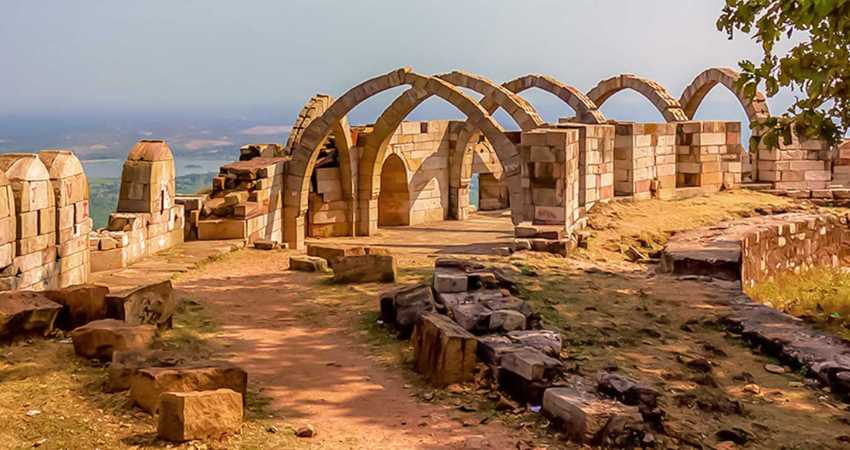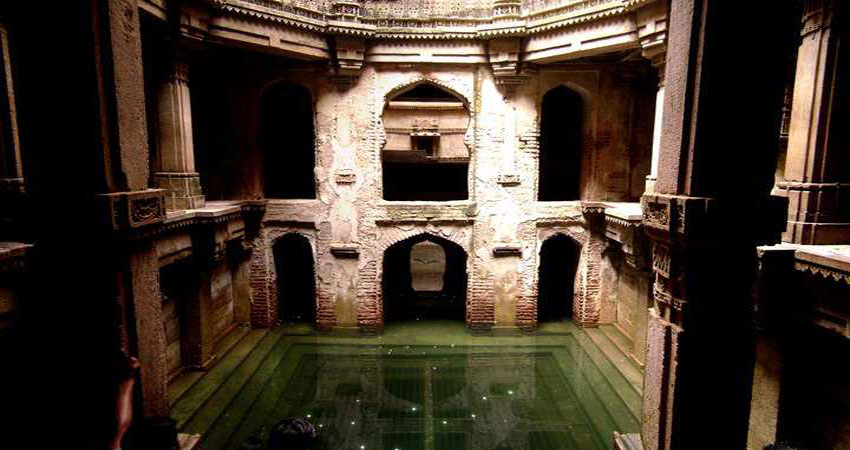Overview
About the Location:
As you journey through Gujarat, the architectural legacies of the Solanki dynasty reveal themselves at every turn. These ancient monuments and living spaces offer a glimpse into a bygone era, showcasing the artistic and architectural brilliance that contributes to the vibrancy of this culturally rich state.
A tranquil drive through lush green farmlands, about 25 km from Mehsana on the route to the temples of goddess Bahucharaji, brings you to the village of Modhera. Nestled along the banks of the River Pushpavati and surrounded by a garden blooming with flowers and resonating with the songs of birds, lies the renowned Sun Temple of Modhera.
The remains of the Sun Temple at Modhera, dedicated to the sun god, are relics from a time when the reverence for natural elements—fire, air, earth, water, and sky—was at its zenith, sharing space with the myriad deities of the Vedic tradition. The ancient philosophy that venerated these natural elements as the prime forces of life is palpable here. A walk around the serene temple complex reveals a powerful aura of energy that draws visitors closer to the natural world.
The Modhera Sun Temple gained even more significance in October 2022, when the Honorable Prime Minister, Shri Narendra Modi, inaugurated a solar-powered 3-D Projection Mapping Show and Heritage Lighting at the temple. This unique addition has enriched the experience of visiting this already iconic site, adding another feather to its cap.
Brief History:
According to the Archaeological Survey of India, the Modhera Sun Temple was built in 1026-27 CE during the reign of Bhima I of the Chaulukya dynasty. As you enter this historical complex, you are greeted by the magnificent Suryakund, a rectangular stepwell with 108 shrines dedicated to various gods and demi-gods. The three main shrines on the three sides of the kund are devoted to Ganesh, Vishnu, and a depiction of Lord Shiva performing the ‘tandav’ dance.
Ascending the steps leads you to the Sabha Mandap, or assembly hall, where you can marvel at the sculpted renderings of twelve Adityas—representations of the sun god for each month of the year, intricately carved on the pillars.
A visit to the Garbhagruha, the sanctum sanctorum, is a deeply spiritual experience. Although the statue of the sun god no longer resides here and the Suryavanshi Solanki dynasty has faded into history, the temple continues to evoke a sense of timeless reverence. On the day of the equinox, the sharp, linear rays of the sun still penetrate the temple’s core, illuminating the space with a divine light that echoes the prayers, incense, and rituals of a thousand years ago.

